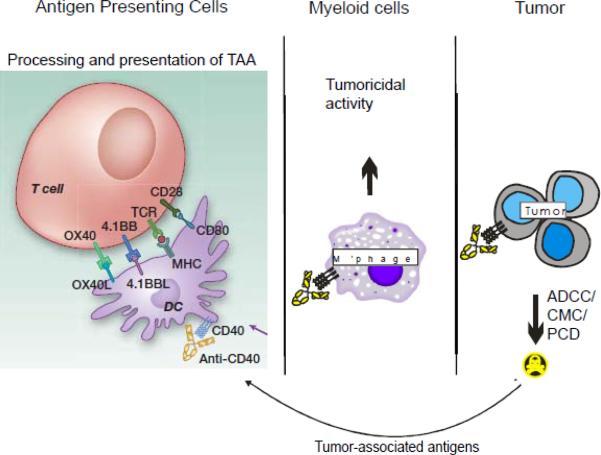Figure 1. Potential mechanisms of action of agonistic CD40 mAb on various immune effectors.
The primary consequence of CD40 mAb is to activate DC (often termed licensing) (first panel) and potentially myeloid cells and B cells (not shown) and increase their ability to process and present Tumor-Associated Antigens (TAA) to local CTLs. Work from numerous model systems suggest that DC are the most potent in performing this function and show that only in tumors which are relatively immunogenic and hence have sufficient on-going immune recognition will control be established with this treatment. Recent data from genetic tumor models now underscore the ability of agonistic CD40 mAb to generate tumoricidal myeloid cells (middle panel) when CTL responses cannot be established. Finally, agonistic CD40 mAb can have a cytotoxic effect on tumor by initiating ADCC, CMC or program cell death (PCD) (third panel (tumor)). It is not clear to what extent anti-CD40 mAb can promote cell death in solid tumors, but hematological malignancies are susceptible to killing. Tumor associated antigens released from dead and dying tumor cells (panel 3 (tumor) have the potential to be cross-primed by APC and presented to CTL (panel 1) without the need for T-cell help.

